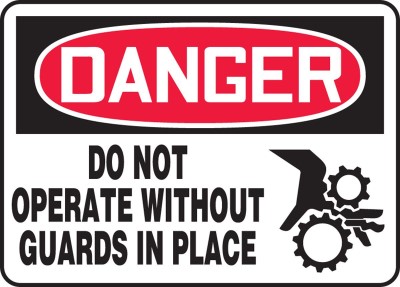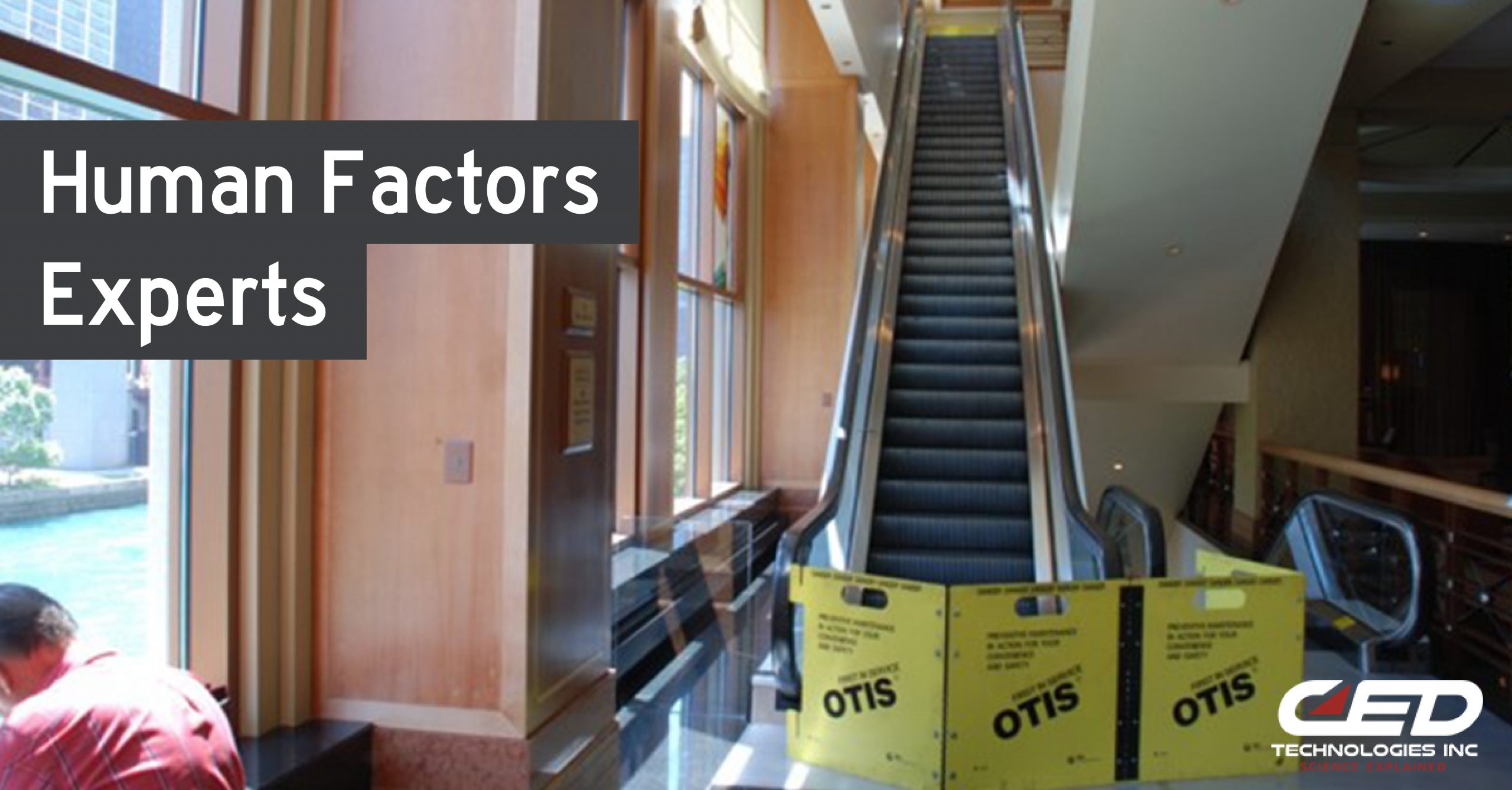Explaining the Science within a Human Factors cases
Human factors may be described differently within the disciplines of Product Liability, Motor Vehicle Accidents, and Premises Liability. What is common between these three litigation focuses is the need to explain how people respond to environments and products/machines in predictable ways, and how those systems and products should be designed to prevent foreseeable incidents and injuries.
Human factors in Motor Vehicle Accidents may take the following into consideration: driver behavior, driver distraction (i.e. cell phone use), visibility, vehicle headlight illumination, and pedestrian conspicuity. Once again in vehicle accidents, the theme is human interacting with machine within an environment.
Within the focus of Premises Liability, human factors often deals with the design and maintenance of walkways and stairways, human distraction and resulting slips, trips, and falls. Biomechanical engineering experts explain if the claimed injuries are consistent with the incident. And of course, the open and obvious question can be addressed by human factors experts as well.
Product manufacturers have the responsibility to provide products that are reasonably safe for their intended use and foreseeable misues. With regard to consumer products, guards are used by manufacturers to prevent people from accidentally coming into contact with a potential hazard that cannot be eliminated without impacting the product's function (i.e. table saw). Another example might be an interlock switch on a washing machine's door that stops the machine from operating if the door is opened during the spin cycle. In the consumer product world, hazard training is conducted through operator's manuals, warning labels placed on the product, and DVDs.
The hierarchy of design/safety, in order of priority, seeks to: (1) eliminate the hazard, (2) guard the hazard, (3) warn of the hazard, and (4) provide training of potential hazards. In the industrial workplace, guards are placed on machinery to protect workers from hazards that could not be eliminated purely by design. Guards can be as simple as a cover concealing a moving part, or more elaborate electronic methods of stopping machinery when the presence of a worker is detected. All four factors should be considering in industrial product cases.
“To be effective, guards have to fulfill some basic principles,” says Dr. Clyde Richard, CED's senior expert on machine/product guarding and Human Factors. “Guards should not change the operation of a piece of equipment or product to the point that the machine is non-functional, inefficient or difficult to use. A guard should not protect against one hazard while introducing additional hazards. Machine/product guards should not create a false sense of security and therefore become a danger. They should not be difficult to use and/or reduce the utility of the equipment/product, to the point where the guard is taken off and discarded,” indicates Dr. Richard.
Inspection is a critical component to a human factors investigation. Listed below are some questions to help investigate contributing factors with a focus on the human, environment, and product/machine:
Examples of human influences: was the injured doing their usual job, were they trained on this particular machine, and could the accident have happened the way the injured party claimed?
Examples of environment influences: what time of day did the accident happen, what were the lighting conditions, and were there distractions near the machine?
Examples of product/machine influences: was there regular maintenance on the machine, how was the machine operating before the incident, and what instructions and warnings were on the machine?
Oftentimes, the injured person's behavior contributes to the cause of an accident. A Human Factors expert provides techniques and evaluation procedures based on scientific knowledge and research that: (A) identify conditions that are dangerous and unsafe, with potential for injury; (B) identify procedures to remove dangers and reduce injury potential through design, construction, maintenance, instructions, training, warnings, regulations, and laws; and (C) identify the actions or lack thereof that contributed to the accident or their injuries. Applying Human Factor analysis provides a clear, science based, chain of reasoned logic from description of accident to the expert opinion proffered as to the contributing factors of the cause of the accident: a sequence helpful to judge and jury alike.
Featured Engineer: William H. Daley III, P.E. Senior Mechanical Engineer






